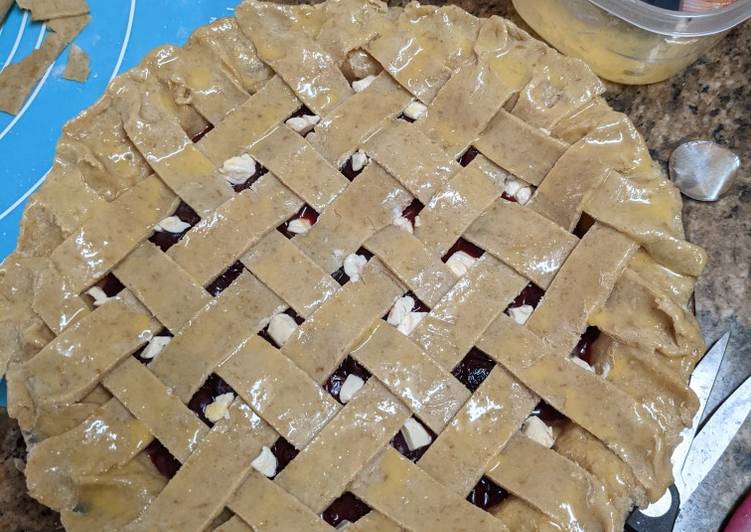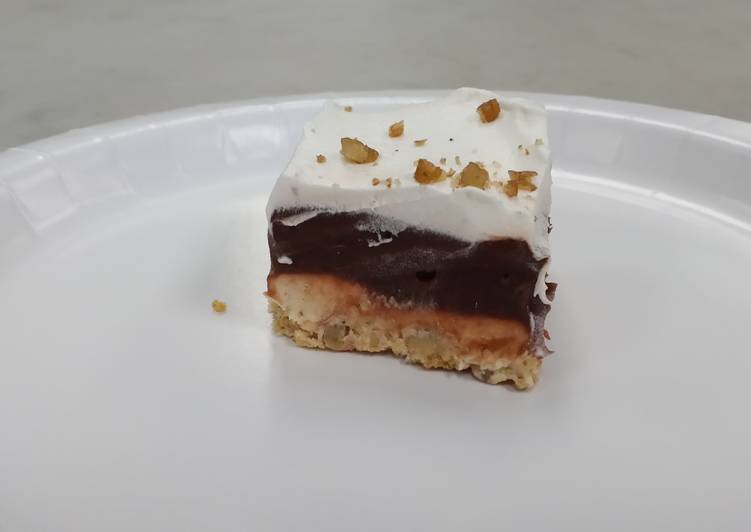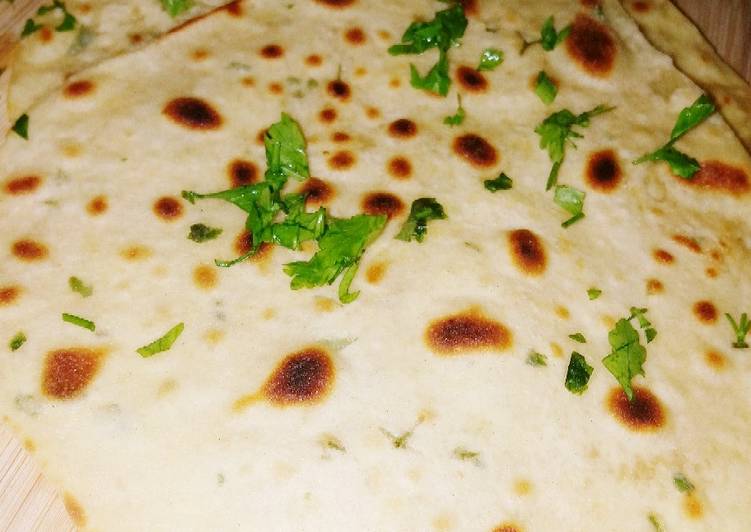Hello everybody, welcome to our recipe page, If you're looking for new recipes to try this weekend, look no further! We provide you only the perfect Plant-Based Pie Crust recipe here. We also have wide variety of recipes to try.

Before you jump to Plant-Based Pie Crust recipe, you may want to read this short interesting healthy tips about Green Living In The Kitchen Can save you Money.
It was not that long ago that hippies and tree huggers were the only ones to show concern about the well-being of the ecosystem. That’s a thing of the past now, with all people being aware of the problems besetting the planet as well as the shared burden we have for turning things around. The experts are agreed that we cannot adjust things for the better without everyone’s active participation. This should happen soon and living in ways more friendly to the environment should become a mission for every individual family. Read on for some approaches to go green and save energy, generally in the kitchen.
Refrigerators and freezers use a lot of electricity, particularly when they are not operating as economically as they should. You can easily save up to 60% on energy once you get a new one, in comparison with those from longer than ten years ago. Maintaining the temperature of the fridge at 37F, coupled with 0F for the freezer, will save on electricity, while keeping food at the correct temperature. Checking that the condenser is definitely clean, which means that the motor needs to operate less often, will also save electricity.
The kitchen on its own offers you many small methods by which energy and money can be saved. Green living is definitely something we can all accomplish, without difficulty. Largely, all it takes is a bit of common sense.
We hope you got insight from reading it, now let’s go back to plant-based pie crust recipe. You can have plant-based pie crust using 9 ingredients and 9 steps. Here is how you cook it.
The ingredients needed to cook Plant-Based Pie Crust:
- Prepare 2 1/2 cups whole wheat pastry flour
- Provide 3/4 cup ice-cold water
- Get 2 sticks Earth Balance dairy-free butter, cubed and chilled
- Prepare 1 tablespoon ground flaxseed
- Take 1 tablespoon nutritional yeast (optional)
- You need 1 teaspoon sugar
- Prepare 1 teaspoon salt
- Get room temperature water for brushing or egg-wash if preferred
- Prepare 1-2 deep dish 9" pie pans, buttered and floured
Steps to make Plant-Based Pie Crust:
- Sift and thoroughly combine the dry ingredients together in a large mixing bowl. This can be done by hand with a whisk or large spoon, or in a mixer on low, if preferred.
- Add the cold butter cubes to the flour mixture. Break down and combine using a pastry cutter or fork until the butter is pea-sized and blending with flour.
- Add in cold water a couple of tbsp at a time (I normally end up using 6-12 tbsp depending on how many batches I am making). If you have an electronic mixer you can use the dough hook attachment for this next part. If not, your clean and floured hands will do. Work the dough, firmly pushing and folding until butter is melded completely and the dough holds together in the bowl. If it is wet and sticky, add more flour as needed. If it is too dry and crumbly, add more water as needed. Don't overmix!
- Once the kneaded dough is able to form a cohesive and stable ball inside the bowl, cut evenly in half, and transfer bowl to the freezer to let dough rest and firm as you work on your desired filling.
- When ready to assemble your pie, remove dough from freezer. Lightly flour a clean flat surface on your counter. Using a floured rolling pin, take 1/2 of the dough and gently yet firmly roll out and stretch the dough until it is evenly flat and can cover the size of the desired dish.
- Carefully lay your rolled-out dough inside the crust pan, letting the excess drape over the sides. Use the tips of your fingers to firmly press the sides and bottom into the pan. Take a fork and lightly poke holes in the crust for ventilation. Pinch and twist the edges for desired crust design.
- Pour or spoon chosen filling over the bottom crust and smooth evenly. Roll out the second half of the pie dough as you did the first. Design top crust as desired (picture shows a lattice over a fruit filling), and gently puncture or slice small lines into the top with a fork or butter knife to ventilate, if needed for full top crusts.
- Trim excess dough hanging over sides, and pinch edges into place. Brush with room temperature water or egg wash (whisked egg + dash of milk of choice), if preferred.
- If using a particular filling recipe, cover the edges of the crust with foil to protect it from burning, and bake as instructed!
If you find this Plant-Based Pie Crust recipe helpful please share it to your friends or family, thank you and good luck.

